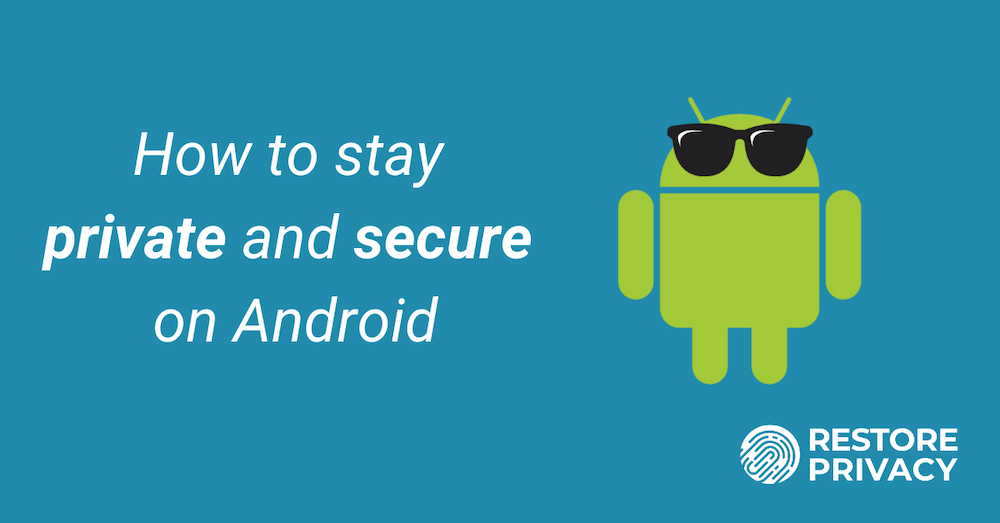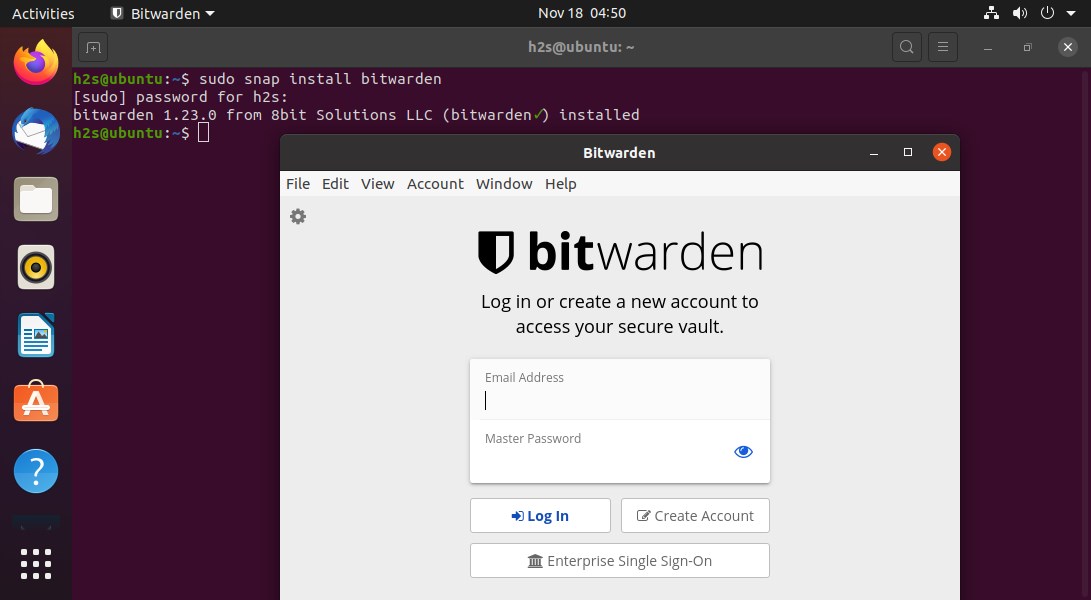Free users can access all Bitwarden apps, sync all of their devices, store as many items in their vault as they wish. They also get logins, secure notes, credit cards, and identities, as well as 2FA, and a secure password generator. The Premium plan costs $10/year.
If you want a password manager with absolutely no cost that still offers the same exceptional security as the paid applications and you don’t mind a somewhat complicated user interface, KeePass is the ideal option. Read on to learn more about how we evaluated each password manager and how Bitwarden and KeePass can serve you. Bitwarden’s family account costs $40/year with access to six user profiles. LastPass charges $48/year for its family account. On the business side, Bitwarden offers a free account for two users, and additional users can be added for $3/month for each new user. Bitwarden is the new password manager in town that has an open-source design that allows anyone with the particular set of skills to check and recompile Bitwarden code at their own convenience. Just like LastPass, Bitwarden stores all your passwords in one place and allows you to source them whenever you like.
Bitwarden offers encryption on a zero-knowledge model — meaning only you have access to your passwords — using the cipher AES-256, which protects passwords using hundreds of thousands of rounds of password “hashing” that turns your passwords into scrambled versions of themselves that can’t be reverse-engineered. It gives you the option of hosting your passwords on Bitwarden’s servers or locally, eliminating any risk of a data breach on the company’s end.
The potential downside of zero-knowledge security and encryption is that, if you ever lose your password, it’s gone for good. But the overall upsides of Bitwarden’s approach are considerable: If you pair strong passwords with the deep password-hashing functionality the software provides, you should have plenty of peace of mind on the security front.
Bitwarden has been audited by third-party security experts, whom it invites to test its limits by making its source code fully available. It also offers two-factor authentication — a must for any modern password management solution — free for use with Google Authentication and email, for which you get a wider range of options with the Premium version.
Bitwarden Self Hosted Cost
I’ve used a number of different password managers over the years. I was a LastPass user for a long time, but recently felt compelled to take a look at other options in this space. After a number of evaluations, I’ve settled on a new option: Bitwarden.
My two favorite parts about BitWarden: There is a self-host option, and the project is open source. There are a number of different open source implementations of various aspects of the project, which is awesome.
Bitwarden On Premise Cost

I decided to deploy my self-hosted Bitwarden deployment in AWS. My first decision to make was “how should I host this?”. Bitwarden is packaged as a docker container by default, so we have a few choices to run the image:
- ECS EC2
- ECS Fargate
- Self managed docker in EC2

Bitwarden Cost Estimator
Initially, I built out the environment in Fargate. That worked great. I more or less followed this build, which gets you started, but isn’t quite complete. For example, you need to make some decisions around persistent storage, etc. After running in Fargate, I decided the cost was too high for a single person to use as a password manager. For example, having a load balancer in front of a single container is not cost effective for one user. If I was hosting for an organization, I would probably go with this build.
For a lower cost solution, I settled on this in the end:
- A single AWS EC2 T3.Small instance running Ubuntu. I installed Docker, Docker-Compose, and Bitwarden here.
- AWS Route 53 DNS
- LetsEncrypt SSL managed by Bitwarden scripts via Certbot.
- AWS SES for sending mail
So how do you do this for yourself? Its pretty straight forward:
- Provision an EC2 instance running the OS of your choice. Bitwarden has options for Windows or Linux. There are many guides on how to do this. Here is a good one.
- Minimum hardware requirements are single core, 2GB of RAM, and 10GB of drive space.
- For the security group, allow ports 443 and 80 for Bitwarden, and 22 for your own access via SSH.
- Provision an elastic IP to your new instance.
- Update your domain in Route 53 to point at your new elastic IP. We want this all setup before you install Bitwarden, because the install script will verify your domain via LetsEncrypt during the install process. The whole install will fail if your domain isn’t setup yet.
- Install Docker. Again, many guides on this. Here is a good one.
- Install Docker-Compose. Here is a good guide for that.
- Deploy Bitwarden via the nicely documented install guide located here. Pay attention to the section on editing environment variables. This is where you will configure your SMTP settings, which are required for account activation, admin access provisioning, and other features. I entered all of my AWS SES SMTP settings here, and am having Bitwarden send all its mail through that service.
- At this point, you have a functional server install. Bitwarden is running, but won’t automatically start on system boot, so you need to add it to system startup. There is a nice tutorial to do so on this page.
- Create a client account in your new self hosted environment by clicking create account on the login page at https://YourBitwardenURL.com, as shown below.
- Check out the admin area. Its at https://yourbitwardenurl.com/admin.
- Install your apps and addons. There are nice apps for IOS and Android, as well as browser plugins for all the major options.
- Configure your apps to connect to your instance. In the IOS/Android apps, there is a gear in the upper left hand corner. Click that gear, and enter the URL for your private instance, then login.
- Now that everything is up and running, I suggest configuring AWS Backup to take periodic snapshots of your instance. Its quick, easy, and inexpensive.
How Much Does Bitwarden Cost
What is your favorite password manager these days? Any questions about this process? Let me know below.
